City Guide
All the Details About Mohali Railway Station, SAS Nagar
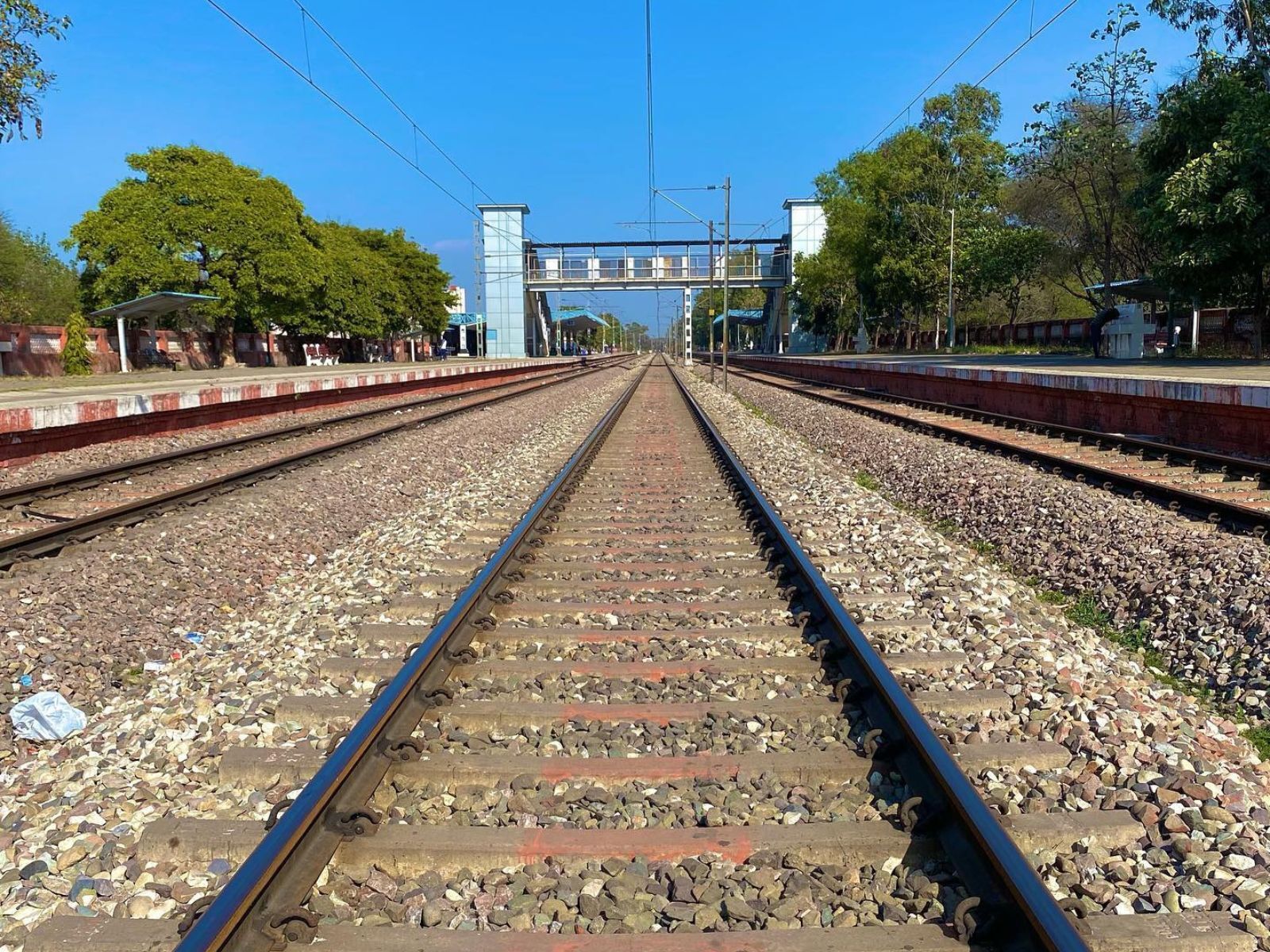
Are you residing in Mohali or a nearby place and go all the way to Chandigarh Railway Station each time when you travel? Honestly, you are wasting a lot of time. When there is Mohali Railway Station that serves the entire Sahibzada Ajit Singh Nagar district, then why take the pain to travel all over the Tricity? As it serves train services to almost everywhere in the country, knowing every detail about Mohali Railway Station, SAS Nagar is beneficial.
The three-phase construction of this 112-kilometer-long project that connects Chandigarh and Ludhiana was finished in three phases. The first phase of the Sirhind–Nangal railway line, which connects Chandigarh and New Morinda, was completed in September 2006. Upon the competition of the first phase, the second phase of the construction of a third line on the Ambala–Attari railway between Sahnewal and Ludhiana was finished in November 2012. Finally, in the year 2013, in April, the third phase of the railway line between New Morinda and Ludhiana., was completed and is operational now.
Details About the Railway Station
SAS Nagar Mohali railway station (station code: SASN) is located in Sahibzada Ajit Singh Nagar, Punjab, and has a total of 27 trains passing through it. Trains arriving at and departing from SAS Nagar Mohali station show in real-time. It is a little railway station, with only a few long-distance trains making a pit stop here each day.

To be precise, the total number of platforms in the station is 2, and the number of originating trains is just one. And some of the trains that go and come from the station are Jan Shatabdi, mail/express trains, MEMU, DEMU, super fast trains, and more.
In the vicinity, the Chandigarh railway station (CDG), which is approximately 9 kilometers distant, serves as the primary train station. Having said that, the station for trains in Mohali acts as a proper link.
Some additional details –
- Elevation: 312 m above sea level
- Type: Regular
- Category: NSG-5
- Division: Ambala
- Zone: NR/Northern
Amenities of the Mohali Station
- 24 express trains serve SAS Nagar Mohali station per day.
- It is well connected to the rest of the city by several modes of transportation. At the station, there is also parking. Automatic ticket vending machines, ATMs, information kiosks, LCD screens, internet cafes, and TV advertising panels are among the station’s other amenities.
- Besides all these facilities, cleanliness, porters, escalators, and lodging are some of the other amenities offered by the station.
- Also, you don’t have to worry about the safety of you and your family, as the premises of the station are safe.
- Passengers have access to all basic amenities at the railway station. The Sas Nagar Mohali railway station is the starting point for various trains, the longest of which is the CSMT ASR Special, which travels 8588 kilometers in 40 hours and 45 minutes.
Train Timings
|
Train Name |
Arrival Time |
Departure Time | Duration |
Days of Run |
| AMBALA CANT – AMB ANDAURA MEMU (64563) |
08:53 |
08:55 |
2 mins |
S, M, T, W, T, F, S |
| AMB ANDAURA – AMBALA CANT MEMU (64564) |
16:57 |
16:59 |
2 mins |
S, M, T, W, T, F, S |
| DAULATPUR CHOWK – AMBALA CANTT DEMU (74992) |
10:08 |
10:10 |
2 mins |
S, M, T, W, T, F, S |
| AMBALA CANT – DAULATPUR CHOWK DEMU (74991) |
15:43 |
15:45 |
2 mins |
S, M, T, W, T, F, S |
| OLD DELHI – HOSHIARPUR Express (14011) |
23:54 |
23:54 |
– |
S, M, T, W, T, F, S |
| LAL KUAN – AMRITSAR Express (14615) |
10:00 |
10:02 |
2 mins |
S |
| AMRITSAR – CHANDIGARH Intercity SF Express (12412) |
21:42 |
21:44 |
2 mins |
S, M, T, W, T, F, S |
| SAS NAGAR MOHALI – FIROZPUR CANTT Express (14613) |
START |
17:35 |
– |
S, M, T, W, T, F, S |
| FIROZPUR CANTT – SAS NAGAR MOHALI Express (14614) |
09:45 |
ENDS |
– |
S, M, T, W, T, F, S |
| AMRITSAR – DEHRADUN Express (14632) |
02:22 |
02:22 |
– |
M, T, W, T, F, S, S |
| CHANDIGARH – FIROZPUR CANTT Sutlez Exp (14629) |
04:30 |
04:32 |
2 mins |
S, M, T, W, T, F, S |
| JAMMU TAWI – SAMBALPUR Express (18310) |
01:20 |
01:20 |
– |
W, F, S, M |
| RISHIKESH – SMVD KATRA Hemkunt Express (14609) |
22:15 |
22:17 |
2 mins |
M, T, W, T, F, S, S |
All these train arrivals are just half of the total number of trains arriving at the Mohali railway station. If you want to know the entire list of trains coming on the platform, check out the official website by the government, indiarailinfo.com.
The Closest Airports to SAS Nagar Mohali Railway Station
It is quite possible that you may are coming from different cities, districts, or states of the country to fly to a foreign land. Maybe you are going abroad for a business meeting or traveling with the public. So, the prime location of the station makes it easy for visitors or travelers to board the flights at the earliest.

The followings are the airports and railway stations that are the closest to the SAS Nagar Mohali Railway Station. The distance between the two airports is indicated by a bracket.
- The Chandigarh International Airport is 4.77 kilometers away (2.97 miles).
- Simla International Airport (55.95 kilometers / 34.77 miles)
In case you’re planning on traveling to Mohali by train, you can find detailed information about the train station, the nearest railway stations and the nearest airport to The SAS Nagar Mohali Railway Station, the distance between the railway station and major Indian cities, and, most importantly, a list of trains to SAS Nagar Mohali.
So, don’t take all the pains to reach the Chandigarh railway station to catch a train or reach the airport, as Mohali airport is very closer to the SAS Nagar station. After all, why do you want to waste your precious time and money?
FAQS
Q) How far is Mohali from Mohali Railway Station?
A) The Mohali city is approximately 4.79 km far from the station, and it doesn’t take more than 15 to 20 minutes to reach there. So, you are not very far away from the main area.
Q) What is the average number of trains that pass by the SASN?
A) A total of 42 trains are run by the SASN each day.
B) The following are some of the significant trains that pass through SASN: (JAMMU TAWI – SAMBALPUR Express, OLD DELHI – HOSHIARPUR Express, etc.).
Q) What is the actual station code?
A) The station code is ‘SASN,’ which stands for Sas Nagar Mohali Railway Station. Indian Railways operates the world’s largest railway network. It has assigned station code names to all train routes, effectively giving railways a language of their own.

Q) The railway station is located in which zone of the Indian railway’s system?
A) The Indian Railways recognizes a total of 17 railway zones. Located in Mohali, the Sas Nagar Railway Station is part of the Northern Railway Zone.
Q) How many platforms are there at the SASN?
A) At SASN, there are a total of two well-constructed platforms. You can purchase an IRCTC ticket through the RailYatri app or the RailYatri website. Access the most up-to-date train timetable (offline), trains between stations, and live updates on IRCTC train arrival time and train departure time in one convenient location.
Q) When does the first train arrive?
A) There are numerous trains scheduled throughout the day! When the JAMMU TAWI – SAMBALPUR Express arrives at Sas Nagar Mohali at 01:20 a.m. It is the first train to arrive at the station. For precise information and facts on the Sas Nagar Mohali station train time table, download the RailYatri app from the App Store or Google Play.
Q) When is the last train to depart?
A) The OLD DELHI – HOSHIARPUR Express departs the station at 23:54. This is the final train to leave the station.
City Guide
Mohali Gets 17cr Traffic Infra Boost: Three New Roundabouts to Ease Airport Road Congestion
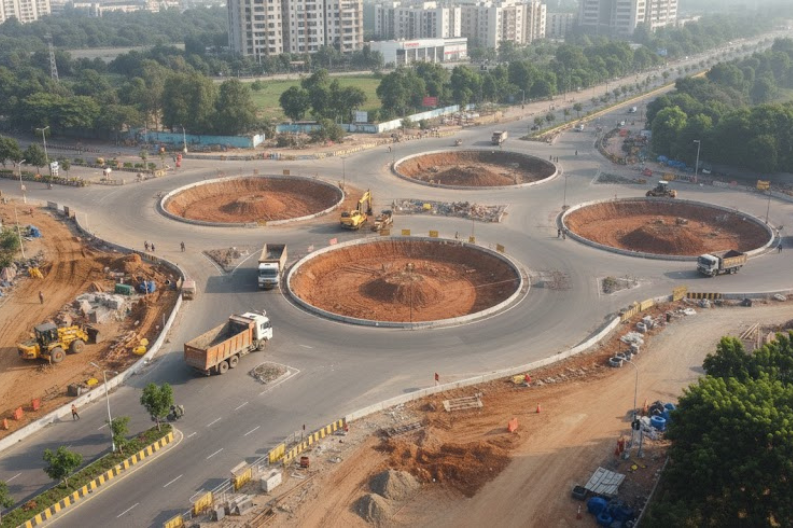
The Greater Mohali Area Development Authority (GMADA) has launched a 17cr traffic infra boost project to transform the city’s congested roads. MLA Kulwant Singh inaugurated the construction work on Tuesday, marking the beginning of major infrastructure upgrades across Mohali.
The project will create three new dumbbell-shaped roundabouts and upgrade several existing junctions. These improvements aim to reduce traffic jams, enhance road safety, and provide relief to thousands of daily commuters who face severe bottlenecks during peak hours.
Project Locations and Status
| Junction | Location | Status |
|---|---|---|
| New Roundabout 1 | Gurdwara Singh Shaheedan, Sohana | Work started |
| New Roundabout 2 | Light point (Sectors 68, 69, 78, 79) | Upcoming |
| New Roundabout 3 | Junction (Sectors 67, 68, 79, 80) | Upcoming |
| IISER T-Point | Airport Road | 90% complete |
| Cheema Boiler Chowk | City center | Upgrading |
| Quark City Junction | Near CP-67 Mall | Upgrading |
The most critical work will happen near Gurdwara Singh Shaheedan, where heavy traffic creates daily chaos. Additionally, the light point connecting multiple sectors has become notorious for long jams during morning and evening rush hours.
GMADA Executive Engineer Sukhwinder Singh Matharu explained that construction will proceed in four phases. Therefore, the authority has implemented a detailed traffic diversion plan to minimize public inconvenience. Consequently, vehicles from Kharar will now use the Purva Apartments road, which leads directly to the airport.
The entire project carries an estimated cost of Rs 17.71 crore. Moreover, authorities expect to complete the work by October 2026. However, vehicular movement should resume on most routes within one to one-and-a-half months.
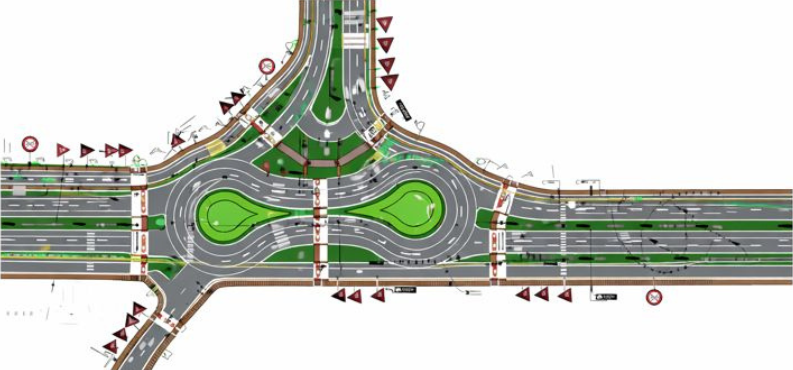
Source: The Indian Express
MLA Kulwant Singh announced additional development plans during the inauguration. He promised to propose naming the new roundabout after Amar Shaheed Jathedar Baba Hanuman Singh. Furthermore, he revealed plans to lay the foundation stone for a women’s hostel in Sector 66 soon.
Singh emphasized that five roundabouts have already been constructed in Mohali. The current project builds on this success to create a comprehensive traffic solution. Meanwhile, he clarified that ongoing anti-encroachment drives follow strict court directions and should not be politicized.
The expansion of the Mohali Municipal Corporation limits will further accelerate pending development works. As a result, residents can expect faster implementation of long-awaited infrastructure projects.
This 17cr traffic infra boost represents the Punjab government’s commitment to Mohali’s holistic urban development. The improvements will significantly enhance connectivity, reduce travel time, and make daily commutes safer for everyone.
City Guide
RSS Leader’s Son Shot Dead in Ferozepur: Woman Arrested for Sheltering Shooter
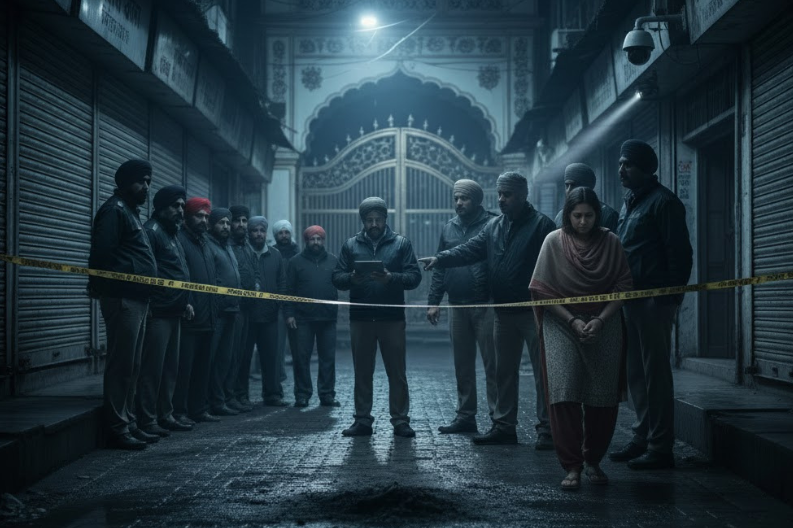
An RSS leader’s son shot dead in Ferozepur has triggered a major investigation, with police making multiple arrests in the case. Naveen Arora, a 32-year-old shopkeeper, died after two unidentified motorcycle-borne attackers shot him on November 15, 2025. The victim’s father, Baldev Raj Arora, has been associated with the Rashtriya Swayamsevak Sangh (RSS) for many years.
The incident occurred around 7 pm on Saturday evening near Sadhu Chand Chowk. Specifically, Naveen was walking from his dupatta shop in the main bazaar to his residence when the attack happened. Additionally, the assailants fired at him near Baba Noor Shah Wali dargah before quickly fleeing the scene.
One bullet struck Naveen in the head. Consequently, family members rushed him to a private hospital, where doctors declared him dead on arrival. Furthermore, the family initially refused cremation, demanding justice for their son.
Naveen’s grandfather, the late Dina Nath Arora, had also been a senior RSS leader in Ferozepur. Therefore, the family has deep roots in the organization spanning multiple generations. Meanwhile, Naveen himself served as an RSS volunteer alongside running his business.
Senior police officers, including SSP Bhupinder Singh and Deputy Superintendent of Police (City) Sukhwinder Singh, reached the spot immediately. Moreover, they formed multiple teams to identify and trace the suspects. Subsequently, police began scanning CCTV camera footage from nearby establishments to ascertain the identities of the killers.
The investigation has revealed several important developments. First, police arrested three persons in connection with the conspiracy: Jatin Kali, identified as the alleged mastermind, along with Kanav and Harsh. However, the main shooter, Nachhatar Singh from Jalandhar, remained at large initially.
In a significant breakthrough, Ferozepur police arrested a Ludhiana woman named Bhavna on November 23, 2025. Police sources revealed that she provided shelter to Nachhatar Singh after the murder. Additionally, she allegedly helped him flee after the crime. Consequently, authorities registered a separate case against her under the relevant sections.
Bhavna, daughter of Ashok Kumar and resident of Tibba Road in Ludhiana, is currently in custody. Furthermore, interrogation is underway, with investigators hoping for major breakthroughs. Police believe she played a crucial role in the escape plan.
SSP Bhupinder Singh explained the complexity of the case during a press meet. He informed media persons that the conspiracy appears far more organized than initially thought. Specifically, Jatin Kali allegedly orchestrated the plan for a payment of just ₹60,000-65,000. However, arranging professional shooters from Jalandhar and safe houses in Ludhiana points toward a larger network.
Investigators remain baffled by the sophistication of the escape plan. Therefore, they suspect involvement of an established gangster or influential outsider who provided logistical support and funding. Despite intensive raids, police have not apprehended any major gangster so far, deepening the mystery.
The murder triggered widespread anger among local traders and RSS workers. On Sunday, following the incident, markets wore a deserted look. Subsequently, shopkeepers closed their establishments completely on Monday, demanding immediate arrest of the assailants.
Heera Sodhi, a senior BJP leader from Ferozepur, confirmed the market closure. Similarly, senior RSS functionary Ashwani Dhawan urged authorities to take strict action against the perpetrators.
Punjab BJP chief Sunil Jakhar strongly criticized the state government over the incident. He alleged that gangsters are running a parallel government in Punjab. Additionally, he claimed Chief Minister Bhagwant Mann has failed to fulfill his responsibilities.
Jakhar stated that people of Punjab are being forced to live in an atmosphere of fear. Moreover, he alleged that the AAP government has completely failed to maintain law and order. He also claimed people receive threats and extortion calls every day.
Ranbir Singh Bhullar, AAP MLA from Ferozepur City, met with Naveen’s family members. Furthermore, he assured them of strict action against the accused. Meanwhile, SSP Bhupinder Singh also met the Arora family on Saturday evening, promising swift action.
Punjab BJP working president Ashwani Sharma condemned the murder, saying it was neither the first nor an isolated incident. He emphasized that a spree of murders targeting businessmen, athletes, youth, and common people raises serious questions about the government’s working style.
Union Minister of State (Railways) Ravneet Singh Bittu also reacted strongly. He described the murder as brutal and said it has shaken not only the Arora family but the entire Punjab. Additionally, he emphasized that people are feeling increasingly unsafe and need tougher action.
Police officials have assured that the arrest of the remaining accused, including Nachhatar Singh, is only a matter of time. Furthermore, they promised that the full conspiracy will soon be unraveled. Investigators continue gathering evidence through CCTV footage and eyewitness accounts.
The RSS leader’s son shot dead in Ferozepur case continues developing, with authorities working intensively to bring all perpetrators to justice and uncover the complete network behind this organized crime.
City Guide
Sacked Cop Gets Life Term for Woman’s Murder: Body on Bench

A Mohali court ruled that a sacked cop gets life term for woman’s murder, convicting dismissed Assistant Sub-Inspector (ASI) Rashpreet Singh in a 2022 case. Along with life imprisonment, the court also imposed a fine of Rs 40,000. The verdict came after he was found guilty of murder and destruction of evidence, though rape charges were not proven.
The case dates back to November 13, 2022, when 23-year-old nurse Naseeb Kaur went missing from her paying guest accommodation. The very next day, locals discovered her body in a pond at Sohana village under suspicious circumstances. Investigators later confirmed that Rashpreet had known the victim for years and shared a close personal link with her.
On the complaint of the victim’s father, police initially registered a rape and murder case against an unidentified person. However, during the investigation, Rashpreet, a resident of Sector 86, came under suspicion and was arrested. Evidence ruled out rape but clearly established murder and an attempt to erase proof of the crime.
After examining witness statements and case records, the court held Rashpreet guilty on September 8. Today, it announced the final sentence. The judge observed that crimes committed by law enforcement officers not only violate the law but also erode public trust, demanding strict punishment.
With this ruling, Rashpreet Singh will now spend his life in prison. For the victim’s family, it brings a measure of justice, while for society, the sacked cop gets life term for woman’s murder serves as a stern warning against the misuse of power.
-
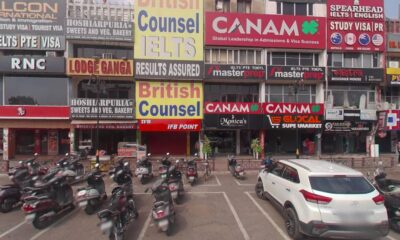
 City Guide3 years ago
City Guide3 years ago3B2 Mohali Market Shops: Discover 44 Hidden Gems
-

 Entertainment2 years ago
Entertainment2 years agoTop 15 Punjabi Models – Male and Female List
-

 Entertainment3 years ago
Entertainment3 years agoTop 11 Punjabi Comedians of All Time
-

 Jobs4 years ago
Jobs4 years agoTop 20 IT Companies in Mohali
-
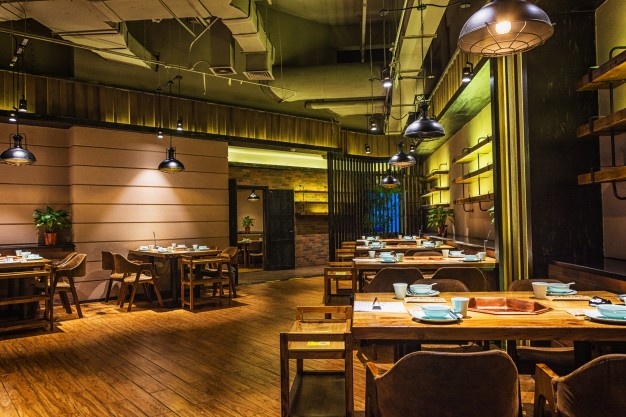
 Food4 years ago
Food4 years ago11 Best Restaurants in Mohali You Must Visit
-

 Food3 years ago
Food3 years agoTop 15 Cafes in Mohali you must visit
-

 Property2 years ago
Property2 years agoWho Lives In Homeland Mohali: Punjabi Celebrities, Business People…
-

 Education2 years ago
Education2 years ago10 Famous Punjabi Writers With A Great Impact On The Literary World
